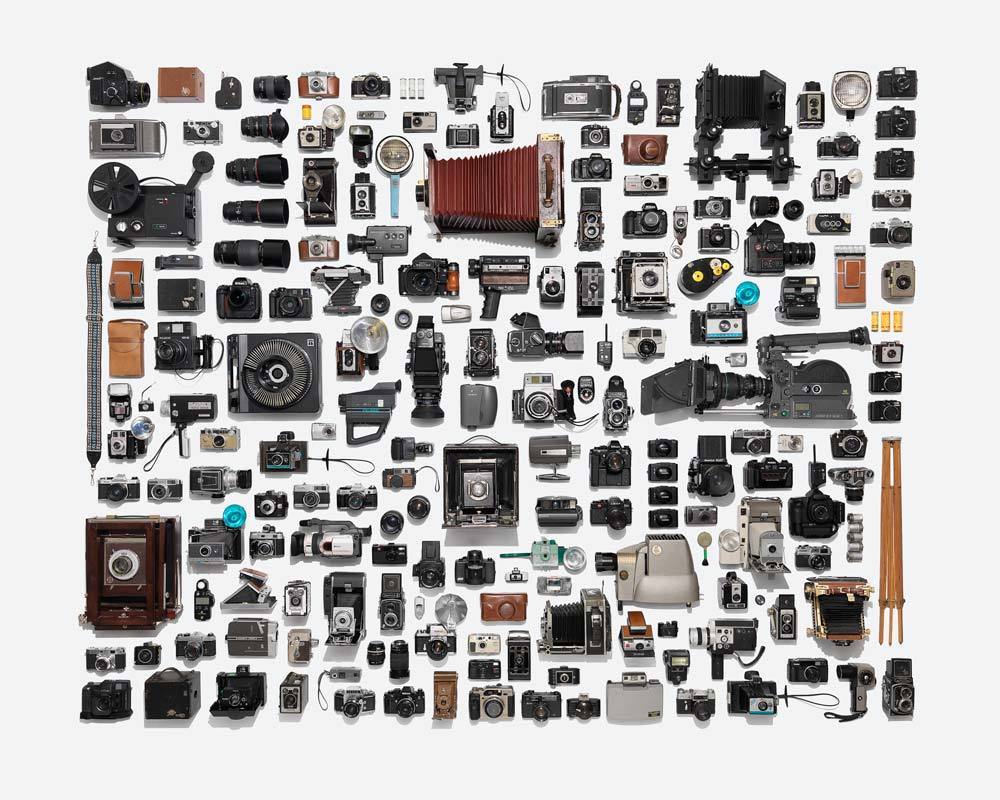Whether you’re a seasoned eCommerce photographer or just starting out, there’s one piece of your kit that is absolutely crucial for shooting product photography: your camera.
You can go as DIY or as pro as you want when it comes to lighting, backdrop and tripod (more information on equipment needed for product photography here), but if you don’t have a camera with sufficient low light and macro capabilities, you’re unlikely to get the quality of photo you need to make your eCommerce store shine.
That being said, with the right planning and shooting techniques, most modern digital cameras on the market today will do the job. Even your smartphone camera can yield professional photography results. But how do you decide which camera is right for you? With our 2017 Camera Buyer’s Guide to Product Photography of course!
First, you need to think about the type of photography you’re shooting and your budget limitations.
Questions to Ask Before Starting Your Camera Hunt
What’s your budget?
How much are you willing to invest? If your budget is tight, consider either purchasing a low-priced compact camera or exploring the capabilities of your existing smartphone.
Those with a reasonable chunk of money to invest ($500 – $1000) will want to look at low- to mid-range SLRs and mirrorless cameras.
And finally, those who really want to splash the cash can go pro and get a high-end SLR.
Where will your images be used?
Are your images going to be used solely online, or will some of them be used for print? Perhaps a catalog or company mag? If the latter, you need to take into account the image sensor size to make sure the quality is sufficient for print.
What type of shots are you taking?
Will you be shooting in a controlled indoor environment? Or will you be getting outdoors and shooting lifestyle, location shots and even low light night shots? Prioritize low light capabilities, weight, and interchangeable lenses if you’re planning shoots in a variety of different environments.
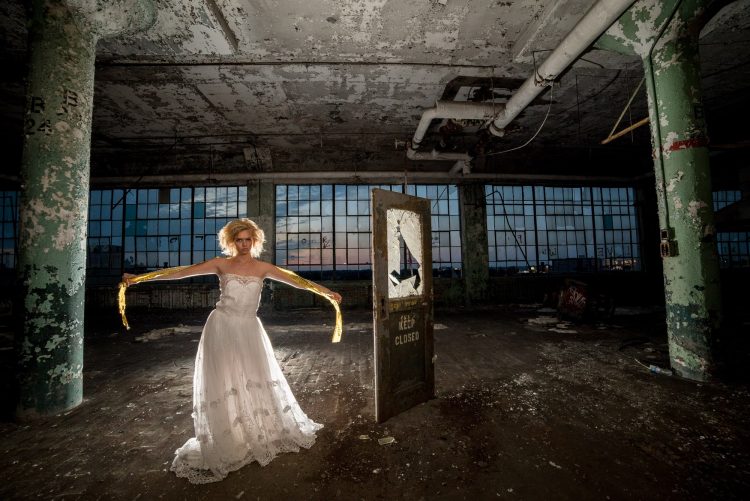
Source: Youtube
Once you know the answers to these 3 questions, it’s time to understand what eCommerce and product photography demands from a camera.
Features You Need in an eCommerce Camera
Macro capabilities
Shooting close-up details and features of your products is likely to be key to your product shooting. Whether you’re selling, fashion, furniture or tech, getting up close and personal with you goods is important. For that reason, you’re likely to need good macro capabilities on your camera.
Low light capabilities
Although it’s unlikely you’ll be shooting products at night or in low light, cameras with low light capabilities that feature a large ISO range and have a big sensor will make it easier for you to capture high-quality images without needing the perfect lighting conditions. This will make your job easier and less stressful.
Image sensor
The image sensor is key! It is what distinguishes pro cameras that can shoot sharp, high-quality, large print images from the semi-pro, hobbyist cameras. If you’re interested in understanding more about image sensors, have a read of this article from What Digital Camera.
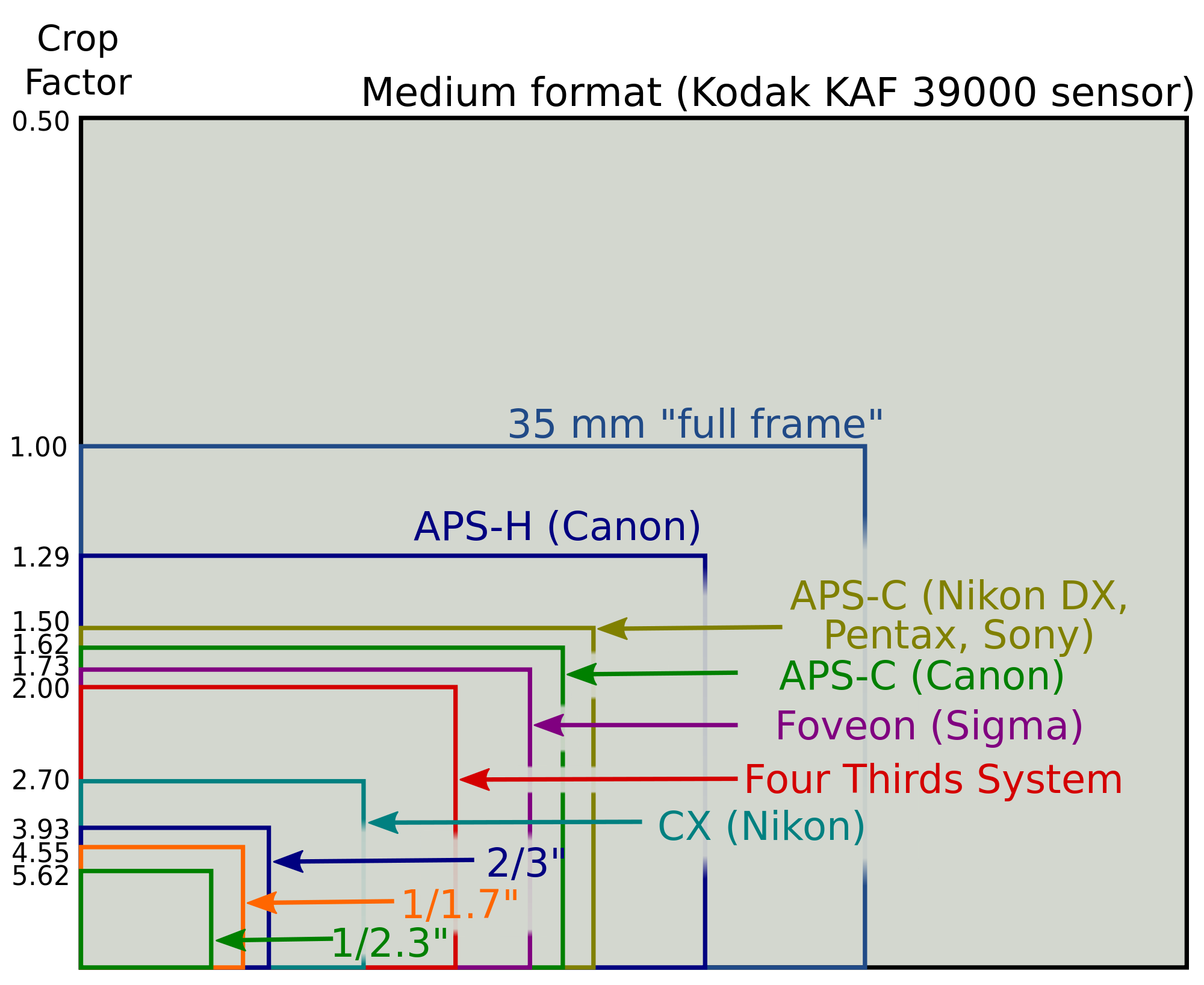 Source: Techhive
Source: Techhive
Lens interchangeability
Cameras with interchangeable lenses will give you a lot more flexibility. Whether you’re shooting in low light, outdoors, close up, or long range, you’ll be able to find the right lens for the situation.
In contrast, fixed lenses can be limiting. But, if you’re into keeping things simple and your budget is tight, fixed lenses could be the way to go.
Video capability
The use of video in eCommerce is a new and emerging trend, enabling sellers to capture their goods in action. Think about whether or not you’re ready to jump on this bandwagon. If so, you’ll need a camera that can shoot high-quality video. Check out this blog for more information on the video trend in eCommerce.
The 5 Kinds of Camera Systems
To ease your decision-making process, we’ve split our 2017 camera recommendations into the 5 main categories of camera systems. But before we dive into them, here is a quick explanation of how we’ve categorized the camera systems:
Overview
- Smartphones – The vast majority of smartphones today double up as cameras. They range in quality, so it’s worth checking what rep your smartphone camera has. Is it good in low light? Does it have macro capabilities? And what is the sensor like?
- Compacts – These are point and shoot cameras, usually with a fixed lens, that sit at the lower end of the budget spectrum
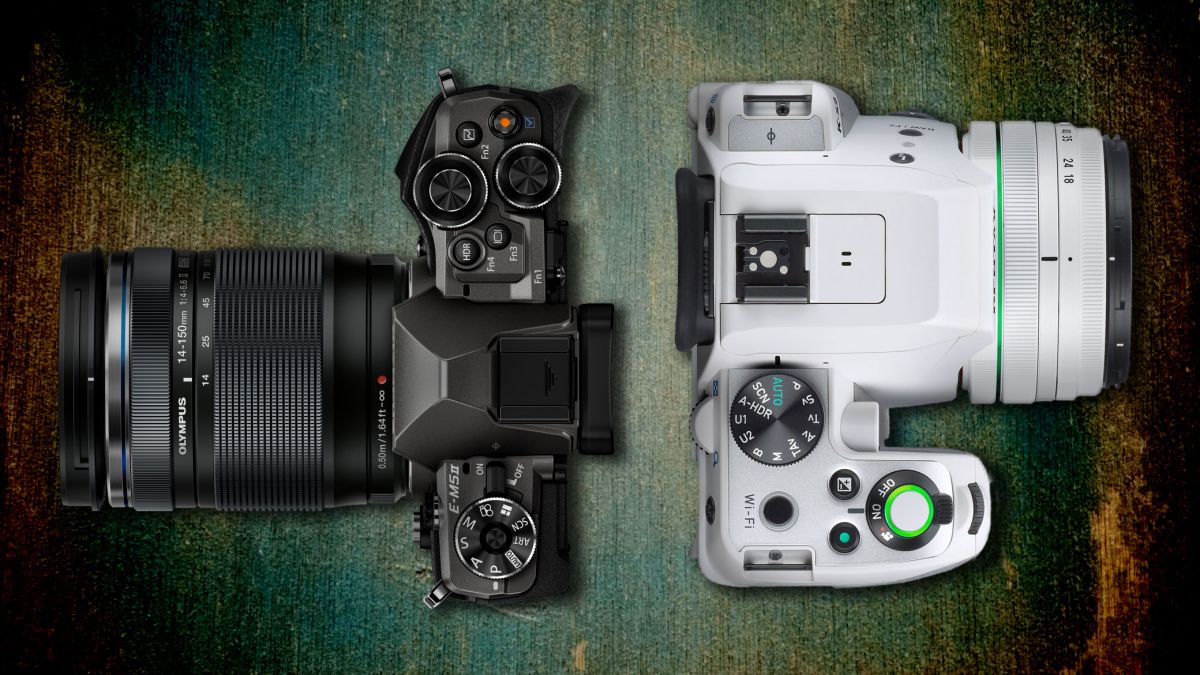
Source: Fototark
- SLRs – Stands for single lens reflex cameras. Until the emergence of mirrorless (see #4), SLRs were the professional’s go-to camera system with the question “are you Nikon or Canon?” a common opening question among photographers. With the launch of mirrorless, however, the market is wide open, Fujifilm, Sony and Olympus are now playing with the big boys
- Mirrorless – A relatively new category to the market, mirrorless cameras come with all the benefits of an SLR (large sensors, interchangeable lenses) but with no mirror in the optical path, making them smaller and more compact.
- Pro / High-End Cameras – These are the kind of cameras that dreams are made of. They come with all the bells and whistles, and then some!
Now that you’ve got a clearer idea of what your needs are and you’ve got the camera system lingo down, it’s time to dive into our 2017 camera recommendations for product photography:
1. Smartphones
The rise of the smartphone camera over the last ten years or so has been a game changer. Many smartphones have cameras so good they outperform compact camera rivals. They can even be good enough to produce pro-quality product and eCommerce shots. Here are some of the best:
- Google Pixel
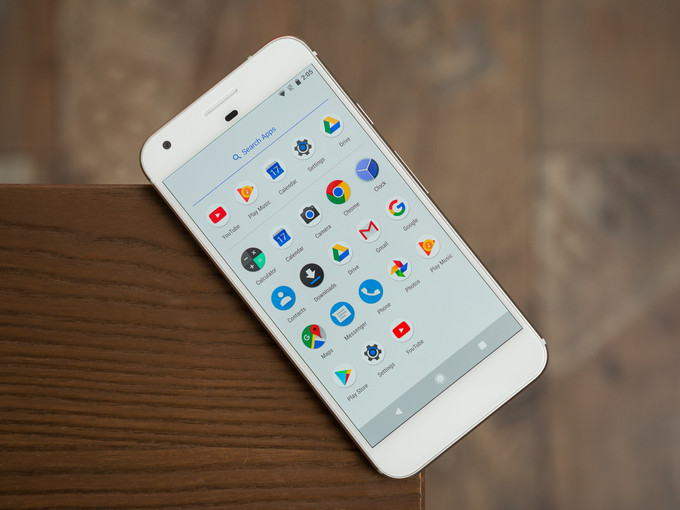
Source: Phone Arena
- iPhone 7
- Samsung G8
2. Compact cameras
If your budget is tight and you’re not looking to push your photographic output to the next level, getting a simple compact camera will do the job:
Panasonic Lumix ZS60
A great mid-range camera with lots of bells and whistles. This is a truly versatile camera with the benefit of macro mode and 4k video.
The tech:
- 30x optical zoom
- Cropped sensor (½.3”)
- 3cm macro mode
- Manual mode and RAW shooting (useful for post-production)
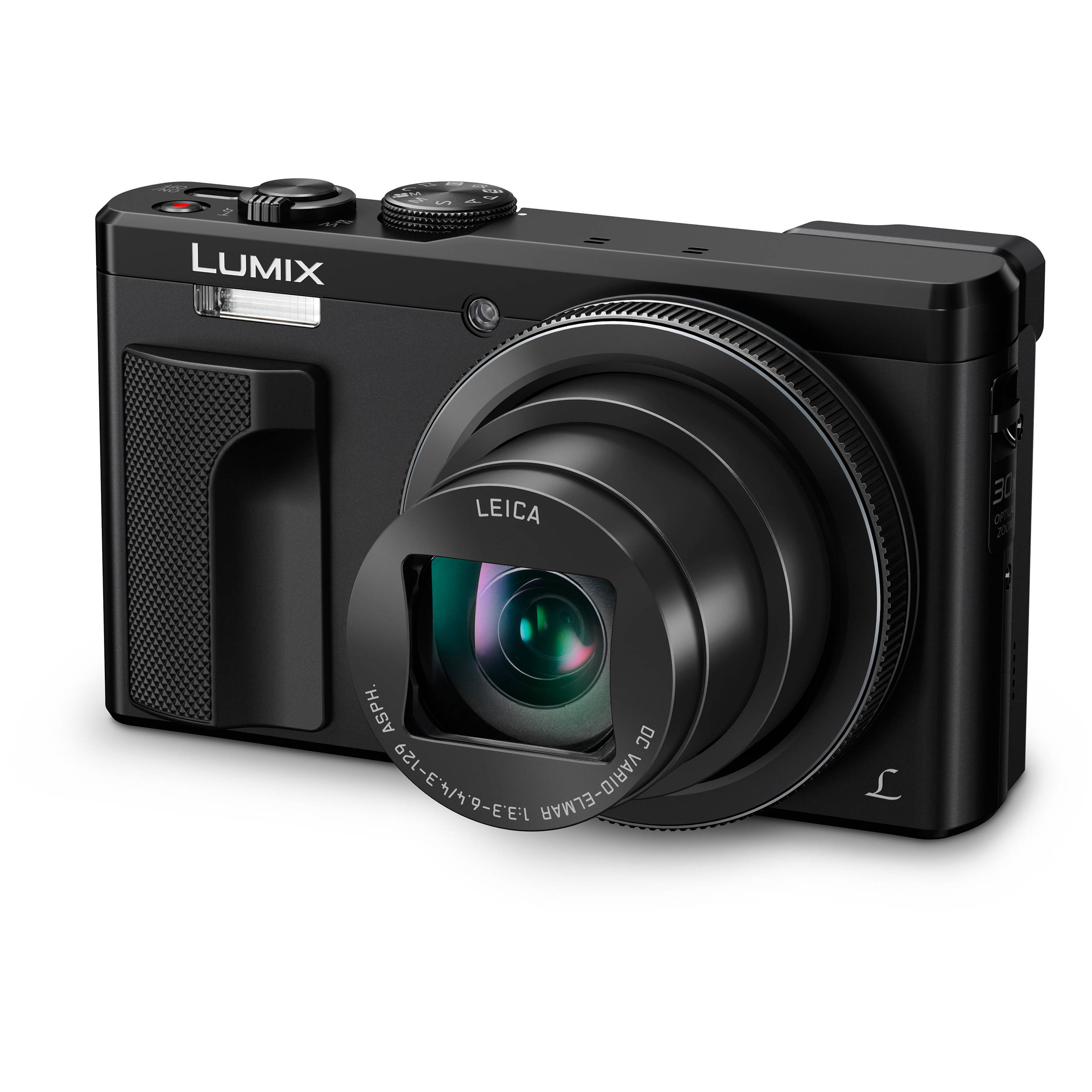
Source: B&H Photo Video
Canon Powershot G7 X II
A tidy little camera with a 1” sensor and a 24-100mm and a f/1.8-2.8 equivalent lens. Its great low light performance makes it a good budget compact option.
The tech:
- 1.0-inch CMOS sensor, 20.1MP
- 24-100mm f/1.8-2.8 zoom lens
- 1080p video capture
3. SLR Budget and Semi-Pro
Not got the budget for a full-frame pro camera but want the flexibility of interchangeable lenses and manual mode? A couple of options you should be considering:
Nikon D5300
A good beginner level SLR with manual mode, GPS and a 39 point autofocus system.
The tech:
- 24.2-megapixel sensor
- Continuous shooting speed 5 frames per second
- Movies 1080P
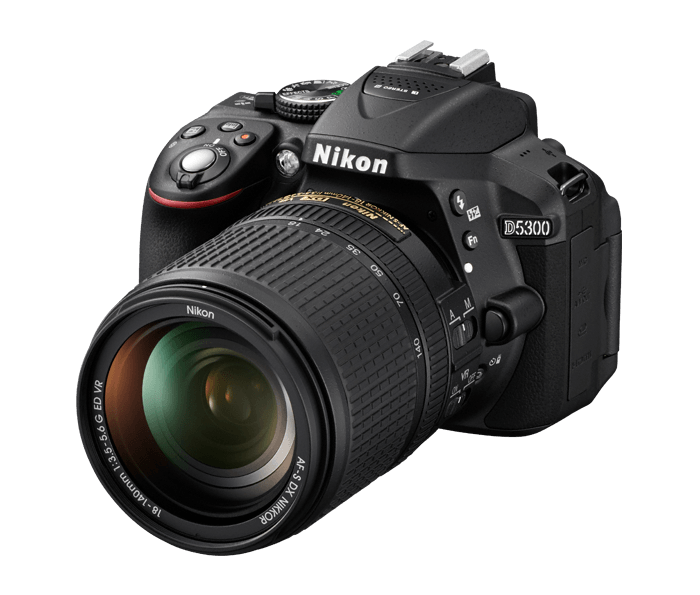 Source: Nikon
Source: Nikon
Canon EOS Rebel T6 / EOS 1300D
One of the cheapest SLRs on the market. This is a good entry into the world of the SLR. If you want to give the photography game a go but aren’t 100% committed, this is a good option at a great price.
The tech:
- APS-C CMOS, 18MP
- Continuous shooting 3fps
- Movies: 1080p | User
4. Mirrorless
Until fairly recently, mirrorless cameras were still finding their feet and pros remained loyal to the classic DSLR category. However, it’s safe to say that mirrorless cameras are fast becoming the adopted standard. Offering flexibility and pro-quality results, we’d highly recommend you consider investing in a mirrorless.
Sony Alpha A7R
One of the leaders in the mirrorless field, Sony have hit a sweet spot with the A7. Its key feature being its full frame. With this camera, you’ll get professional results at a great price.
The tech:
- Full frame
- 36.4 megapixels
- 3-inch screen
- 4 frames per second continuous mode
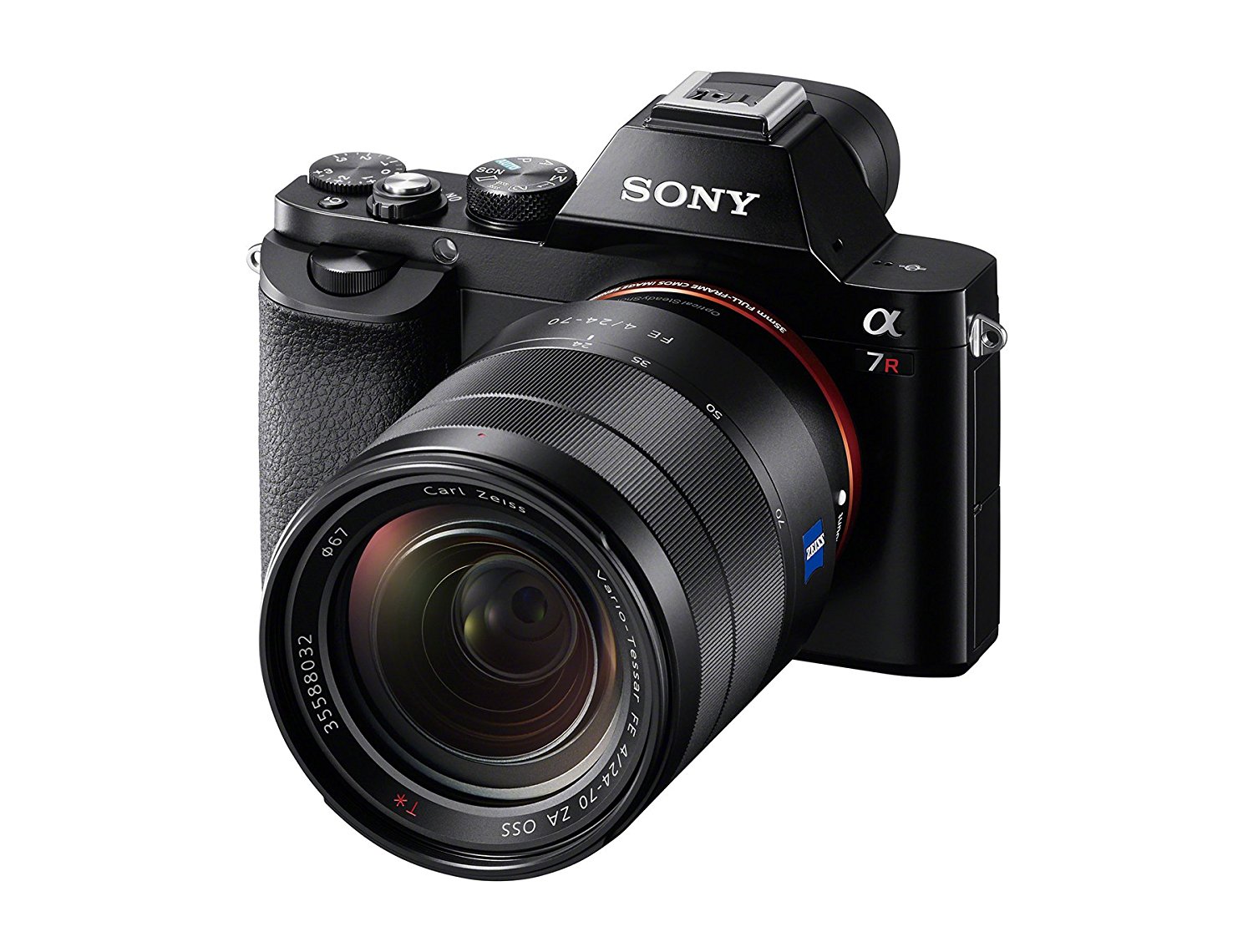
Source: ePhotoZine
Fujifilm X-T20
All the benefits of its famous brother but with a more affordable body. It includes an advanced autofocus system, a24.3 megapixel sensor and a great movie function.
The tech
- 24.3-megapixel sensor
- 8 frames per second shooting
- 4k movies
5. Pro / High-end
Thinking of being the next Mario Testino shooting fashion and product shots for print? Willing to spend the equivalent cost of a small car on a camera? A high-end SLR is for you!
Sony A9
This camera should really be up in the mirrorless section, but we’ve included it here because it deserves a place of pride amongst the high rollers.
The tech:
- Full frame
- 24 megapixels
- 20 frames per second
- Oversampled UHD 4K/24p video from full sensor width
Canon EOS 5D Mark IV
Tipped as the best all-around pro SLR on the market, this camera is high-end spec’d with 4k video. If you want to make a serious investment in your future photography capabilities, then this one is worth a shot.
The tech:
- Full frame
- 30.4 Megapixel Full-Frame CMOS Sensor
- 7 fps continuous shooting and silent shutter mode
- ISO 100-32000
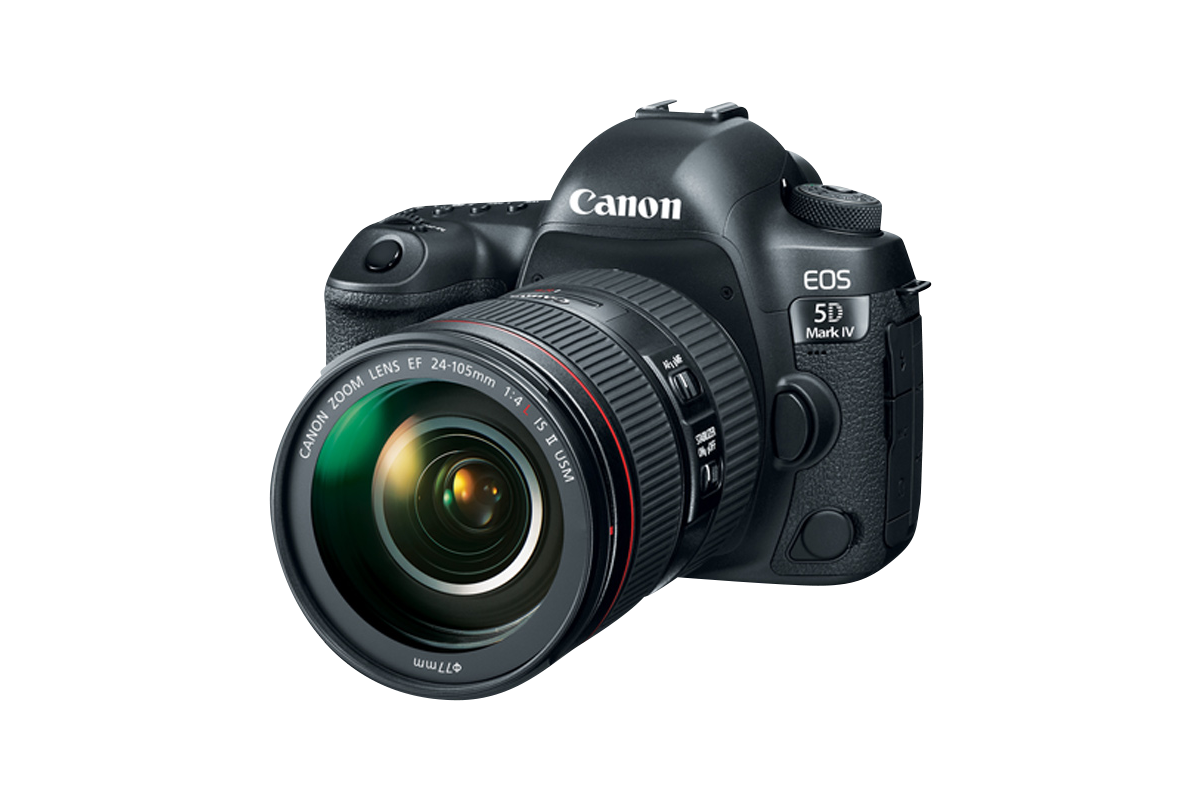
Source: Joe’s Daily
Now that you’ve figured out what you need and have read about the best cameras in each category, it’s time to go shopping. With a little bit of research and planning, buying the right camera will set you up to take great product photography pictures for your eCommerce store.

